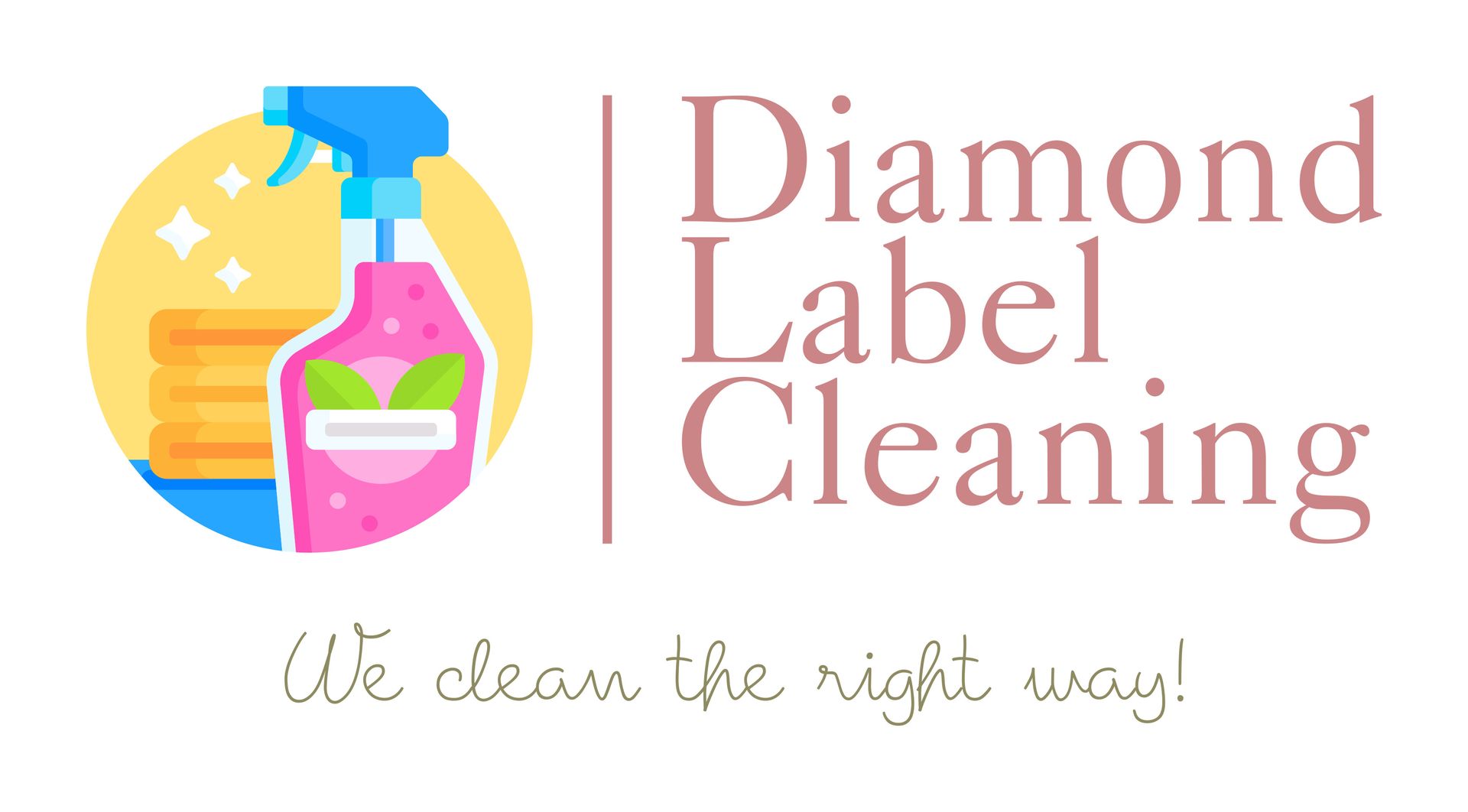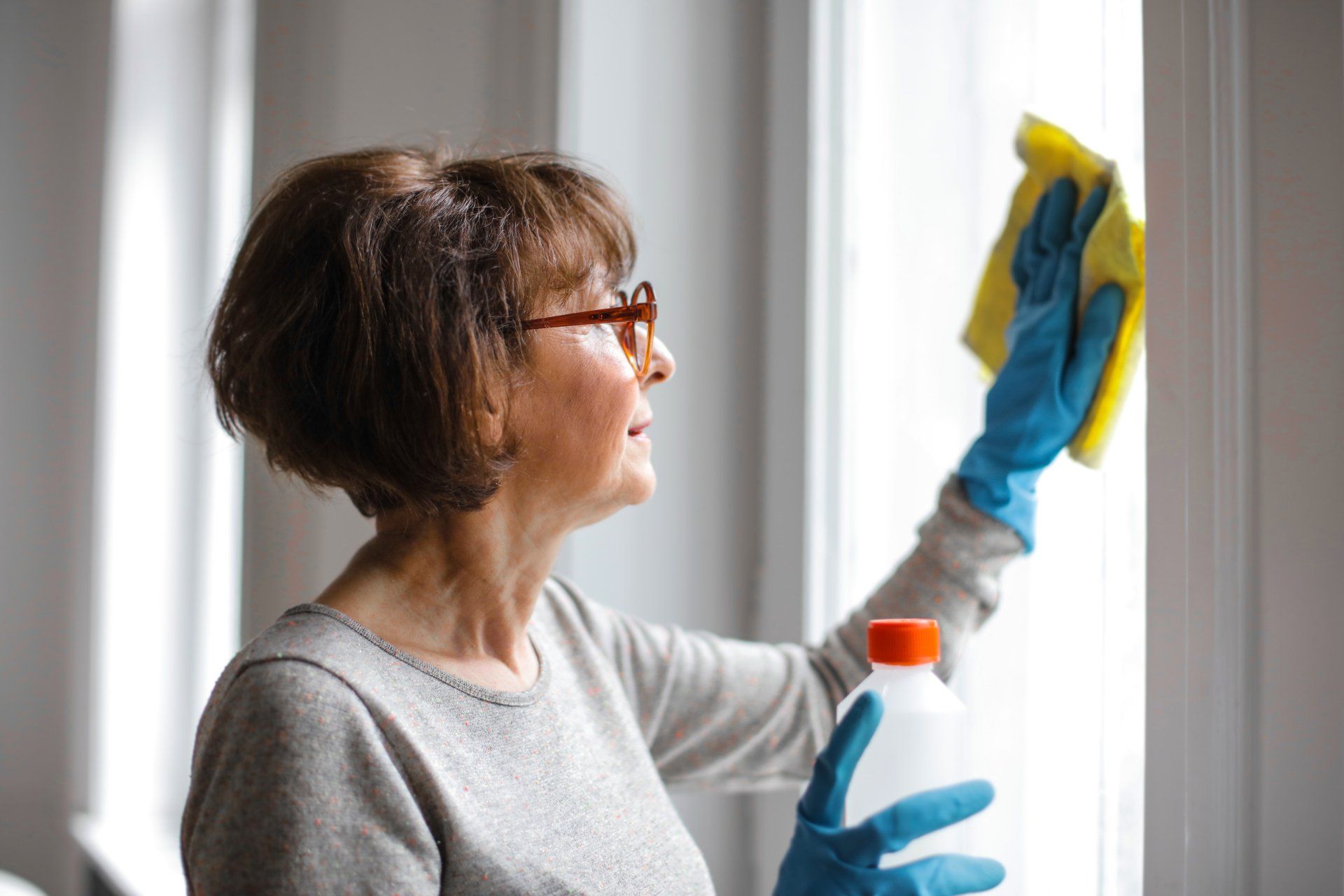Get in touch
469-401-3044
DiamondLabelCleaning@gmail.com
How to Clean Bathroom Faucets and Fixtures
February 27, 2024
Clean Bathroom Faucets and Fixtures for Spotless Surfaces
Here are a few thing you will need!
- Dish soap
- Water
- Cleaning cloth.
However, you should always check the manufacturer's instructions first to determine the recommended cleaning method and tools for your faucet's material. Some finishes, such as oil-rubbed bronze or unlacquered brass, should only be cleaned with water and a soft cloth. Even for protected finishes, like chrome or stainless steel, avoid scrubbing with stiff-bristled brushes or abrasive sponges, as these could damage the faucet's finish. After cleaning the surface, wipe it down with a clean, dry cloth to buff the shine and prevent water spots.
For tough grime that won't budge with just soap, try cleaning your bathroom faucet with a solution of 1 cup vinegar to 1 cup water applied with a cleaning cloth. If you're not sure whether vinegar is suitable for your faucet's finish, test it in an inconspicuous area first. To clean around the edges of the faucet, use a toothbrush to gently scrub away grime. A small amount of baking soda with a few drops of water can also help clear away stubborn stains or buildup around the faucet.
The best cleaning method for showerheads and faucets depends on the material. To remove lime from showerheads made with chrome, stainless steel, or other protected metal surfaces, fill a plastic bag with white vinegar. Attach the bag over the showerhead with a rubber band. Wait one hour, remove the vinegar bag and turn on the shower to flush away the vinegar and sediment. Polish with a soft cloth.
For fixtures with oil-rubbed bronze or brass finishes, the recommendation is that you use only water for cleaning. Refer to the manufacturer's care instructions since cleansers can damage a specialty surface. And if in doubt, always test a cleaning product on an inconspicuous part of the fixture so that any damage to the finish is hard to spot.
Book a Service Today
Thank you for contacting us.
We will get back to you as soon as possible
We will get back to you as soon as possible
Oops, there was an error sending your message.
Please try again later
Please try again later
Be part of the project
Join our newsletter and find out more
Contact Us
Thank you for subscribing!
Oops, there was an error sending your message.
Please try again later
Please try again later
© Diamond Label Cleaning | ALL RIGHTS RESERVED | TERMS AND CONDITIONS
Working Hours
- Mon - Wed
- -
- Thu - Sat
- -
- Sunday
- Appointment Only


